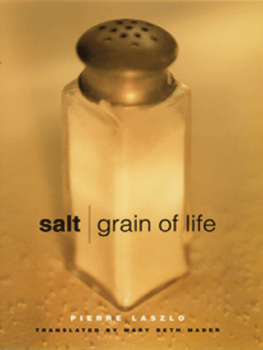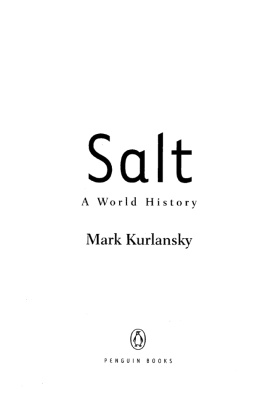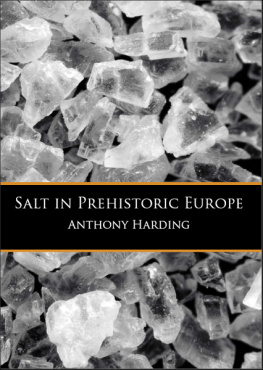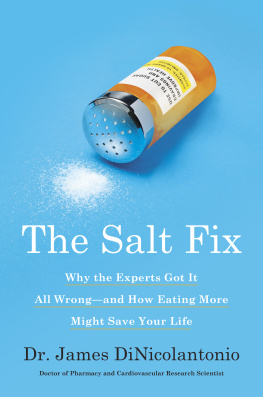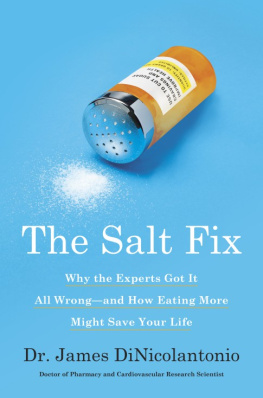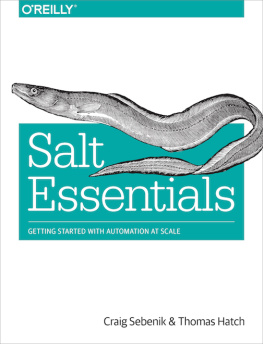
salt
ARTS AND TRADITIONS OF THE TABLE: PERSPECTIVES ON CULINARY HISTORY ALBERT SONNENFELD, SERIES EDITOR
ARTS AND TRADITIONS OF THE TABLE:
PERSPECTIVES ON CULINARY HISTORY
ALBERT SONNENFELD, SERIES EDITOR
 | PIERRE LASZLO
Translated by Mary Beth Mader |
Salt grain of life
columbia university press
new york
Columbia University Press wishes to express its appreciation for assistance given by the government of France through the Ministre de la Culture in the preparation of this translation.
The quotation in the foreword from Pablo Nerudas Salt comes from Selected Odes of Pablo Neruda, edited and translated by Margaret Sayers Peden. Copyright Regents of the University of California, Fundacion Pablo Neruda.
The authors Web site can be visited at www.pierrelaszlo.net.

Columbia University Press
Publishers Since 1893
New York Chichester, West Sussex
cup.columbia.edu
Translation copyright 2001 Columbia University Press
Copyright 1998 Hachette Littratures
All rights reserved
E-ISBN 978-0-231-51131-5
Library of Congress Cataloging-in-Publication Data
Laszlo, Pierre.
[Chemins et savoirs du sel. English]
Salt : grain of life / by Pierre Laszlo ;
translated by Mary Beth Mader.
p. cm.
Includes bibliographical references.
ISBN 0231121989
1. SaltHistory. I.Title.
TN900 .L3713 2001
553.63dc21 2001028227
A Columbia University Press E-book.
CUP would be pleased to hear about your reading experience with this e-book at .
TO MY SALTY AND SPICY WIFE

contents

Salt
I saw the salt
In this shaker
In the salt flat
I know
You will never believe me
but it sings
the salt sings
Pablo Neruda
Pierre Laszlos delightfully informative Salt could not have appeared at a more opportune time.
Consumers hypertension notwithstanding, salt has reassumed in the cuisine and prosperous economies of a new millennium the central role it had occupied for centuries. Salt has even become a staple ingredient of desserts, so that the sweet trolley now blends the two savors: a brilliant chocolate tart by a great Parisian ptissier contains enough fleur de sel in the pastry crust to enhance the blackest chocolateness while tempering its acidity. And salt contributes to the sought-after texture of puff pastry. So too a black-pepper ice cream benefits from saline arousal!
None of these salt-enhanced gourmet delights comes cheaply, what with a culinary repertory including sea salt from the Andes, pink Peruvian sea salt, smoked Danish salt, and Maldon sea salt from Essex, not to mention the better-known sel gris and fleur de sel. These now retail for up to $85.00 a pound! At the cash register, it never rains, it pours!
A much-acclaimed chemist and a master pedagogue, Pierre Laszlo shows scientifically the indispensability and effects of salt in the cooking process. But, a true polymath, Laszlo is also an etymologist, economist, historian, and pop philosopher. The reader will, as I was, be amazed at the epicentrality of salt in history, economics, and philology, convincingly demonstrated here in an eminently readable fashion.
The state monopoly salt tax of yore has become a new value-added tax as designer salts are sprinkled on gourmet dishes in upscale surroundings. No trip to Salzburg, Salt Lake City, and Salisbury will ever be the same after the illumination this book provides.
Albert Sonnenfeld, series editor, Arts and Traditions of the Table: Perspectives on Culinary History

As I learned of the preparation of an English-language edition of this book, I took a trip from Ithaca to San Francisco on the occasion of the spring break at Cornell, where I was serving as a visiting professor. As my plane took off from the Tompkins County airport, I could see extremely well the salt mine at Lansing, right on the shore of Cayuga Lake. The lake was sky blue, and a white plume of water vapor was coming off the chimney stack, rising vertically into the still air. Later in the day, after a transfer in Pittsburgh and just before landing at the San Francisco airport, I could see the salt flats at Newark, a little south of the airport, on the Bay shore:
A long brown bar at the dip of the sky
Puts an arm of sand in the span of salt.
Carl Sandburg,
Sketch, Chicago Poems (1916)
Both salt plants, in upstate New York and in California, are now owned by the same corporation, Cargill. My trip across the continent had been framed by salt production, just as the westward expansion of the United States in the nineteenth century had been fueled by salt and made perilous by the occasional lack or scarcity of this precious, indispensable resource.
To quote Sandburg again and to amalgamate the migration West and the Civil War, the history of salt making in the United States, both craft and industry, is inseparable from the spawning tides of men and women / Swarming always in a drift of millions to the dust of toil, the salt of tears / And blood drops of undiminishing war (Momus, Chicago Poems [1916]).
Spawning tides of men: production of salt by evaporation from the shallow waters of San Francisco Bay was started as a direct consequence of the Gold Rush to provide the hordes invading California with their daily salt as well as a necessary meat preserver. After the 1850s, the saltworks in Newark, California, were owned first by the Arden Salt Company, predecessor of the Leslie Salt Company, which Cargill Salt purchased in 1978.
And blood drops of undiminishing war: production of salt in upstate New York was one of the issues disputed during the Indian Wars at the turn of the nineteenth century. The salt springs near Syracuse eventually passed from control of the French to that of the colonists and then quickly to the state of New York, which to a large extent was rushed into existence by Congress in order to supervise and tax salt extraction, as I document in this book.
Thus the North American continent is, as it were, bracketed by salt, from Lansing, New York, to Newark, California. The geography of the United States is sprinkled with salt, and its history is steeped and pickled in salt, from the Welsh settlers in the mountains of North Carolina, desperate for salt, who carefully retrieved the precious substance from the floors of the little wooden cabins where they smoked ham; to the pioneers in Ohio and Michigan, where salt exploitation provided supplies for the wagons heading West along trails such as the Santa Fe and the Oregon; to the Mormons fleeing persecution in the East and in Illinois, who finally found shelter in Utah, on the shore of the Great Salt Lake. There, as in a number of locations on the North American continent, the salt discovered was a dousing rather than just a sprinkling.
The United States has entertained an original relationship with salt. Even though it fills a universal need, its cultural and technical status in the U.S. has been at variance, sometimes in a subtle way, sometimes more starkly, with its standing elsewhere, in Europe in particular. A people having made the Boston Tea Party their symbol of revolt against tyranny and of the struggle for independence would not tolerate too heavy a taxation of essentials such as salt, in older days, or, today, gasoline. To the American people, taxation remains an odious burden that politicians continue to use quite effectively, even at the dawn of the twenty-first century. The following pages chronicle the long-standing association between political power and monopolistic control of salt distribution.
Next page
